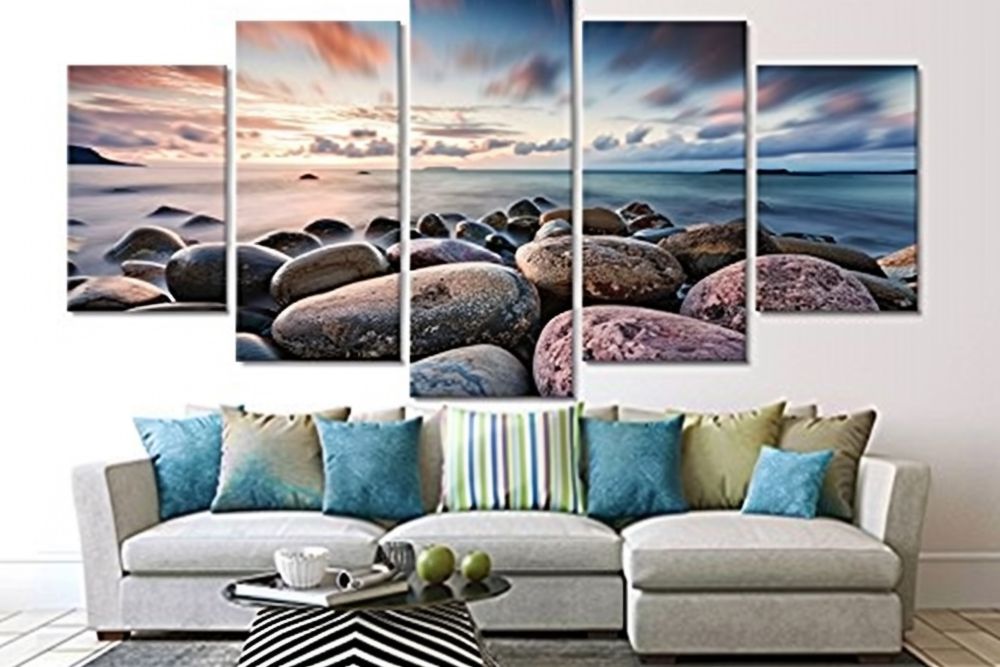How Sculpture Reflects Human Creativity and Culture
Sculpture, as one of the oldest forms of artistic expression, has long been a powerful means for humanity to reflect, explore, and express its creativity. From the grandiose marble statues of ancient Greece to contemporary installations pushing the boundaries of material and form, sculpture and human creativity have always been intricately linked. Through sculpture, artists have captured the essence of what it means to be human, offering insights into society, culture, and the endless pursuit of artistic expression. But what is it about sculpture that allows it to serve as such a powerful mirror of human culture and creativity? Let’s dive deeper into the ways sculpture expresses human nature, and the pivotal role it plays in culture.
Sculpture as a Window into the Past
When you look at a sculpture, you are often gazing into the past—into the culture that birthed it. Ancient civilizations like the Egyptians, Greeks, and Romans used sculpture not only as a form of artistic expression but also as a means of preserving cultural identity. The towering statues of gods and rulers in ancient Egypt, for instance, reflect the society’s reverence for divine power and leadership. These works were not just decorative; they were deeply rooted in the culture’s beliefs, values, and social structures.
In ancient Greece, sculptures like the Discobolus (the Discus Thrower) or Venus de Milo epitomized the Greek ideal of beauty, harmony, and balance. These pieces embody the Greek obsession with proportion, symmetry, and the human body. Through these works, we can understand how the Greeks viewed themselves—as a society that celebrated human potential and its connection to the divine. Cultural reflections in sculpture thus provide a window into the way these ancient cultures viewed the world and their place within it.
Sculpture and the Expression of Human Nature
At its core, sculpture is a medium that allows artists to explore and express how sculpture expresses human nature. Unlike painting or literature, sculpture gives form to ideas and emotions in a tangible, three-dimensional way. Artists shape their materials—whether stone, wood, metal, or clay—to depict human figures, faces, and expressions, allowing them to communicate deep emotions like love, sorrow, joy, and anger.
Think of the anguished form of The Thinker by Auguste Rodin or the fragile, graceful posture of The Dying Gaul. These sculptures are more than just representations of human beings; they are powerful emotional statements. The physicality of the human body, captured in these works, becomes a symbol of the internal struggles, dreams, and desires that are part of the human condition. The texture of the material, the weight of the form, and the gesture of the figures all evoke a sense of empathy, making it easier for us to connect with the emotions and thoughts conveyed through the sculpture.
Sculpture’s ability to capture and express human nature goes beyond the representation of physical traits. In many cultures, sculptures have symbolized abstract concepts such as strength, wisdom, and fertility. For example, the Fertility Figures of ancient African cultures represent not just physical fertility, but the interconnectedness of life, death, and rebirth—concepts central to these societies’ worldview. These works, in their simplicity and directness, express profound truths about human existence and our relationship with nature and the cosmos.
How Sculpture Shapes Cultural Identity
Sculpture is also a key component in the formation and expression of cultural identity. Public sculptures, monuments, and statues have played crucial roles in shaping the collective consciousness of a society. The role of sculpture in culture is evident in the way that public artworks serve as symbols of national pride, historical significance, and cultural heritage.
Consider, for instance, the Statue of Liberty in New York, a symbol of freedom and democracy. Gifted to the United States by France in 1886, this monumental sculpture was not only a work of artistic excellence but also a declaration of shared values between two nations. Similarly, the Christ the Redeemer statue in Brazil stands as an emblem of faith, hope, and unity, towering over the city of Rio de Janeiro and reflecting the deeply religious nature of Brazilian culture.
In many ways, sculptures function as markers of historical events, such as war memorials or statues dedicated to political figures. These works are not only artistic expressions but also cultural narratives, preserving the stories of triumph, loss, and change that shape a nation’s identity. The historical and cultural significance of these sculptures is immense, as they act as physical reminders of pivotal moments in history.
Contemporary Sculpture and the Evolution of Creativity
In the modern era, the role of sculpture has evolved dramatically, reflecting the changing times and advancements in technology. Contemporary artists continue to challenge traditional notions of form and material, introducing new media like 3D printing, neon lights, and found objects into the sculptural process. These innovations open up new possibilities for sculpture and human creativity, allowing artists to experiment with unusual materials and concepts.
Take, for example, the works of artist Anish Kapoor, whose Cloud Gate (better known as “The Bean”) in Chicago is an iconic example of how contemporary sculpture interacts with the public. The smooth, reflective surface of the sculpture transforms the city skyline into a fluid, ever-changing image, creating an immersive experience for those who engage with it. Kapoor’s work exemplifies how sculpture and human creativity have expanded into new, dynamic realms, involving the viewer and the environment in the artistic process.
Moreover, digital tools and technologies like 3D modeling have opened up new avenues for sculptors, offering an entirely different way to engage with form and material. These tools not only enhance the artist’s ability to visualize and create but also democratize the process, allowing for greater experimentation and collaboration. As technology continues to evolve, it will be exciting to see how new forms of sculpture will emerge and challenge our perception of art.

